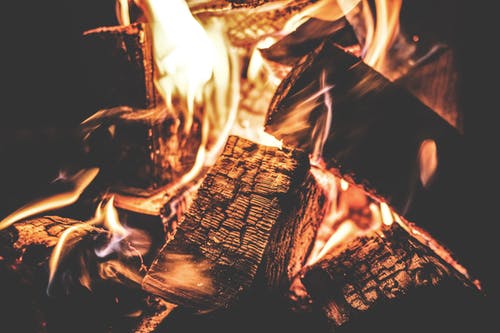Several severe storms have destroyed towns, houses, and housing markets throughout the United States. A storm might do severe harm to your home if you aren’t sure what you need to do if the storm hits.
Safety is the first thing to consider amid a hurricane. Once the rain and wind are gone, it’s time to inspect the damage and protect your home. If a storm damages your home, it could seem like the whole world is in turmoil. If the storm has hit you, you could be overwhelmed and not know what to do.
In the aftermath of a storm, what should you do?
Following a storm, broken glass, debris and tree damage, power outages, and floods can be far more damaging than the storm itself. If no action is taken to prevent these effects, you and your family may be in danger. In the aftermath of a storm, it is crucial to know what to do after the storm.
1. Be Alert
As a storm draws near, you need to take measures to safeguard yourself and the people around you. Watch out for any risks associated with storms, for example, nails exposed or screws exposed during clean-up efforts in your neighborhood.
High winds can leave behind the roofing elements that have caved in and other roofing components, so be careful of these. Additionally, numerous damaged power lines may pose a danger if any of them are live. Stop using natural gas immediately when you notice smells resembling those of natural gas.
2. Assess Damage
To get full compensation from your insurance company, you must first establish the severity of the storm damage to your home. As you walk about, make sure not to create further injury to yourself or others but also to ensure that nobody other person is injured.
Be sure to snap pictures of your exterior and interior aspects. If you make the need for a claim, it’ll assure that the insurance company will pay out the whole amount. While exploring your home, take note of any structural issues.
3. Contact Insurance Agent
If the damage from the storm has been documented, contact your insurance agent immediately and keep in contact with them until your claim has been resolved. Their knowledge of the exclusions of your insurance policy and inclusions will help in this situation. Be sure to describe the home’s damages clearly and attach photos and other documents. After that, an adjuster from the insurance provider will show up to assess the damage.
4. Stop Further Damage
This is the time to take action to prevent the possibility of further harm. Make sure you have a tarp or plywood to cover windows that have been damaged or an unsound roof to stop water and wind from getting inside your home. Consider availing of property damage repair services from a restoration company after you’ve done everything possible to prevent further damage. With their expertise, they can assist in restoring your home to its pre-storm state.
5. Keep All Necessary Documents
If you file an insurance claim, keep thorough notes of the accident. For instance, keep copies of all your invoices for items and labor so you can be reimbursed fairly. Be sure to know what is covered by the homeowner’s insurance.
It’s essential to discuss with your insurance provider if you reside in an area where there is a high risk of severe weather, such as the possibility of a tornado or hurricane. Your homeowner’s insurance could include an additional insurance policy that can help you in the event of a storm that damages your house.
After all the assessment and documentation, you are now ready to avail the services of a trusted restoration company. You can find their contact number on their website, specifically on their contact page, and you can ask what services they offer and the cost.




